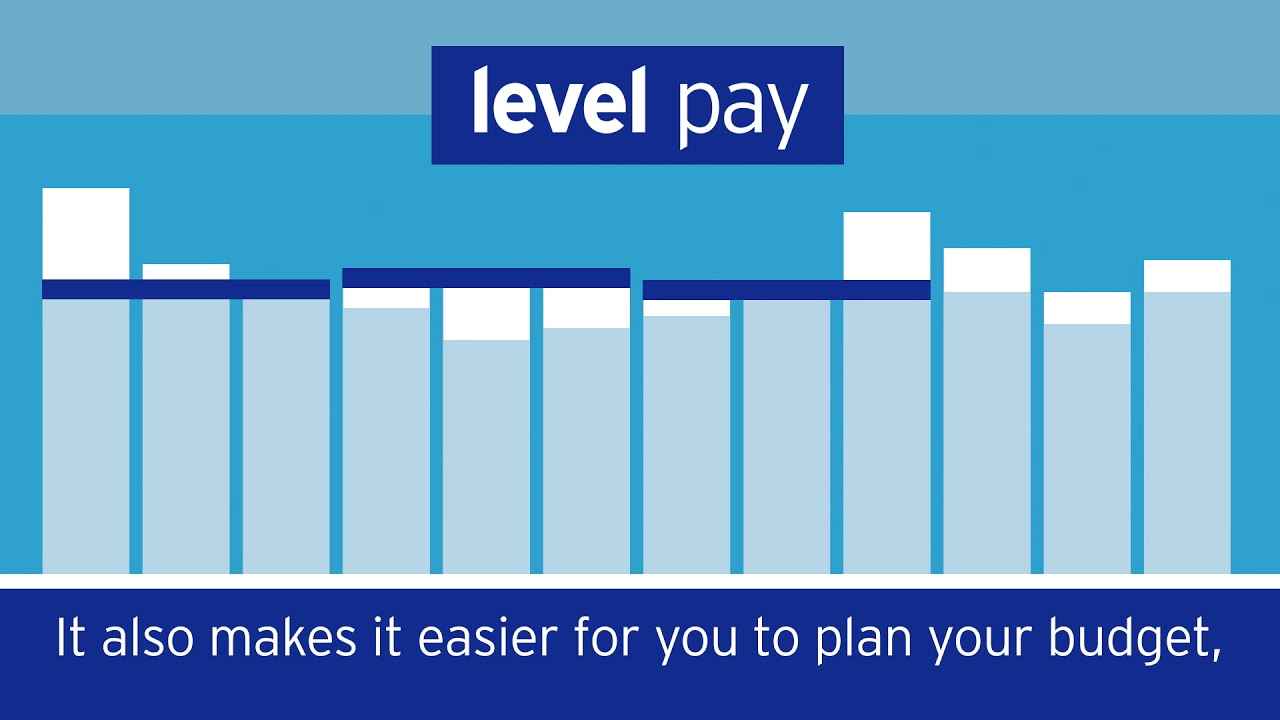
- October 23, 2022
- admin
- 0
The California Solar Initiative (CSI) General Market Program closed on December 31, 2016. While California continues its commitment to supporting clean, renewable energy such as solar, market transformation marked by significant drops in equipment prices indicate that direct incentives are no longer necessary. Solar customers are, however, eligible for the State’s Net Energy Metering Program (NEM), which provides financial credit for customer-generated power fed back to the electric grid. NEM is an important element of the policy framework supporting direct customer investment in grid-tied distributed renewable energy generation, including customer-sited solar photovoltaic (PV) systems.
Please see below for information about historical CSI programs that provided incentives to low-income customers installing solar PV systems and to all utility customers installing solar water heating systems.
CSI Subprograms
- The Single-family Solar Affordable Solar Housing (SASH) Program, provided solar incentives to single-family lowincome housing; the SASH program was administered through the SASH Program Manager, GRID Alternatives, and had a budget of $54 million.
- The Multifamily Affordable Solar Housing (MASH) Program, provided solar incentives to multifamily low-income housing; the MASH program was administered through the same Program Administrators as the general market program: Pacific Gas and Electric (PG&E), Southern California Edison (SCE), and the Center for Sustainable Energy CSE (for San Diego Gas & Electric), and it had a budget of $54 million.
- The CSI-Thermal Program, provided incentives for solar water heating and other solar thermal technologies to residential and commercial customers of PG&E, SCE, Southern California Gas Company (SoCalGas), and San Diego Gas & Electric (SDG&E) .
- The CSI-Thermal Low-Income Program provided higher incentives for solar thermal technologies to multifamily and single-family residential customer in PG&E, SoCalGas, and SDG&E service territories.
The CSI Program was a subset of the wider solar effort in California that commenced in 2006. In addition to the CPUC’s CSI Program, Senate Bill 1(2006) envisioned that the State of California would also have other programs to support onsite solar projects, including the California Energy Commission’s New Solar Homes Partnership (NSHP), and a variety of solar programs offered through publicly owned utilities (POU). The statewide effort that includes the CSI – as well as the NSHP and the POU programs – was known collectively as Go Solar California. The statewide goal of the Go Solar California campaign was 3,000 MW and had a statewide budget of $3.3 billion.

















